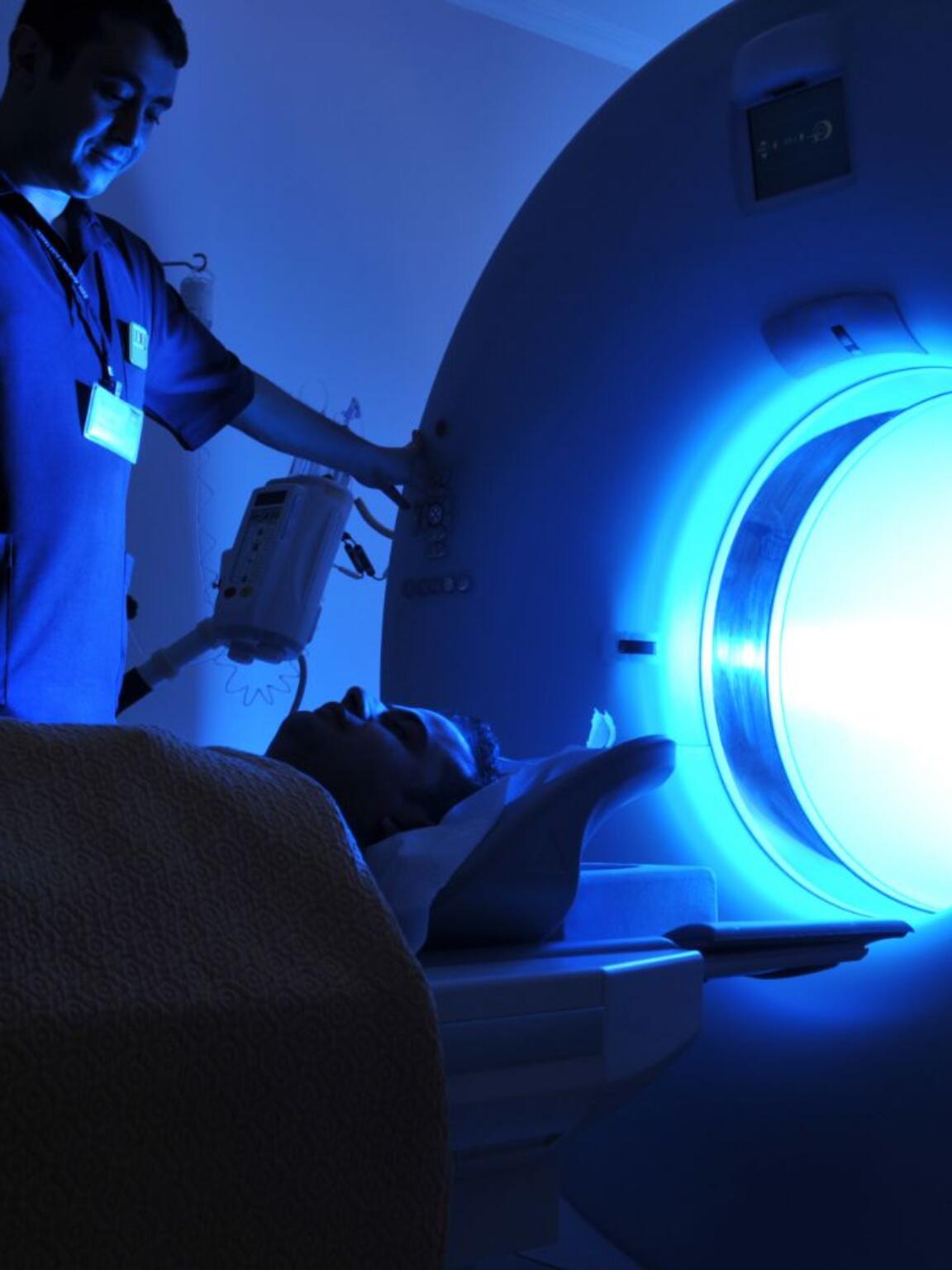Medical

Hybrid pixel detectors are revolutionizing the medical industry by enabling advanced imaging and diagnostic techniques. These cutting-edge technologies have transformed medical imaging, radiation therapy, and diagnostic procedures, leading to improved patient outcomes and more accurate diagnoses.
High-Resolution Imaging
Hybrid pixel detectors are at the forefront of medical imaging technologies. They are used in digital radiography systems. They capture X-ray images with high spatial resolution, allowing for detailed visualization of anatomical structures. The direct conversion process ensures efficient X-ray photon absorption and minimal signal loss, resulting in improved image quality and contrast. This aids in the diagnosis and detection of various conditions, such as fractures, lung abnormalities, and organ pathologies.
Computed Tomography
Hybrid pixel detectors are increasingly being employed in CT scanners. These detectors capture the X-ray energy directly, providing high-resolution images and enabling fast scanning. They contribute to reduced radiation dose requirements and improved image quality, facilitating precise anatomical visualization and accurate diagnosis of complex medical conditions.
Mammography
Hybrid pixel detectors have the potential to revolutionize digital mammography by offering improved sensitivity and image quality for breast imaging. They enable the detection of subtle abnormalities and microcalcifications associated with early-stage breast cancer. Direct conversion detectors in mammography systems enhance the accuracy of breast cancer screening and diagnosis.
Radiation Therapy
Hybrid pixel detectors play a crucial role in radiation therapy, a common treatment method for cancer. Accelerators and brachytherapy systems generate and control the precise delivery of radiation to cancerous cells. Hybrid pixel detectors enable accurate monitoring of radiation beams, ensuring that cancer cells receive the intended therapeutic dose while minimizing exposure to healthy tissues.
Nuclear Medicine
Hybrid pixel detectors are used in nuclear medicine imaging techniques, such as single-photon emission computed tomography (SPECT) and positron emission tomography (PET). These detectors enable the detection and measurement of gamma rays or positron annihilation photons emitted by radioactive tracers. The direct conversion process optimizes detection efficiency and spatial resolution, aiding in the diagnosis and monitoring of various diseases, including cancer and neurological disorders.
Advancing Minimally Invasive Procedures
Hybrid pixel detectors are crucial in image-guided interventions and minimally invasive procedures. Devices like angiography systems and endoscopes utilize these technologies to provide real-time imaging, enabling physicians to navigate and perform procedures with precision. Hybrid pixel detectors enhance visualization during complex interventions, reducing risks and improving patient outcomes.
Products
Applications
- Quality Assurance
- Spectral Imaging
- Computed Tomography
- Spectroscopy

